ADHD-Friendly To-Do Lists That Actually Work (Creative Alternatives Too)
Alternative ADHD To Do Lists That Work With Your Brain
If classic to-do lists worked for ADHD brains, mine wouldn’t be buried under half-finished planners, 27 sticky notes, and a whiteboard that still says “2023 goals.”
The truth is: ADHD to-do lists fail when they’re built for neurotypical brains. Long, rigid lists don’t motivate us — they overwhelm us. They become clutter, guilt, or worse… invisible.
But here’s the good news: when you reimagine lists for ADHD brains, they actually work. Below are creative, ADHD-friendly to-do lists that reduce overwhelm, play to dopamine, and help you move through executive dysfunction (instead of fighting it).
Why Traditional To Do Lists Fail ADHD Brains
A “normal” checklist assumes:
- You can prioritize tasks easily
- You know how long each task will take
- You’ll remember the list exists in 10 minutes
ADHD brains struggle with all of the above.
What helps? Novelty, visibility, and flexibility.
For ADHD adults, those assumptions are laughable. A long list often feels like being handed a scroll from a medieval king and told to conquer an entire kingdom by sundown. You either freeze, avoid, or rebel against it.
Worse, the shame piles up: “Why can’t I even follow a basic list?” Suddenly the tool meant to help feels like another way you’re “failing.”
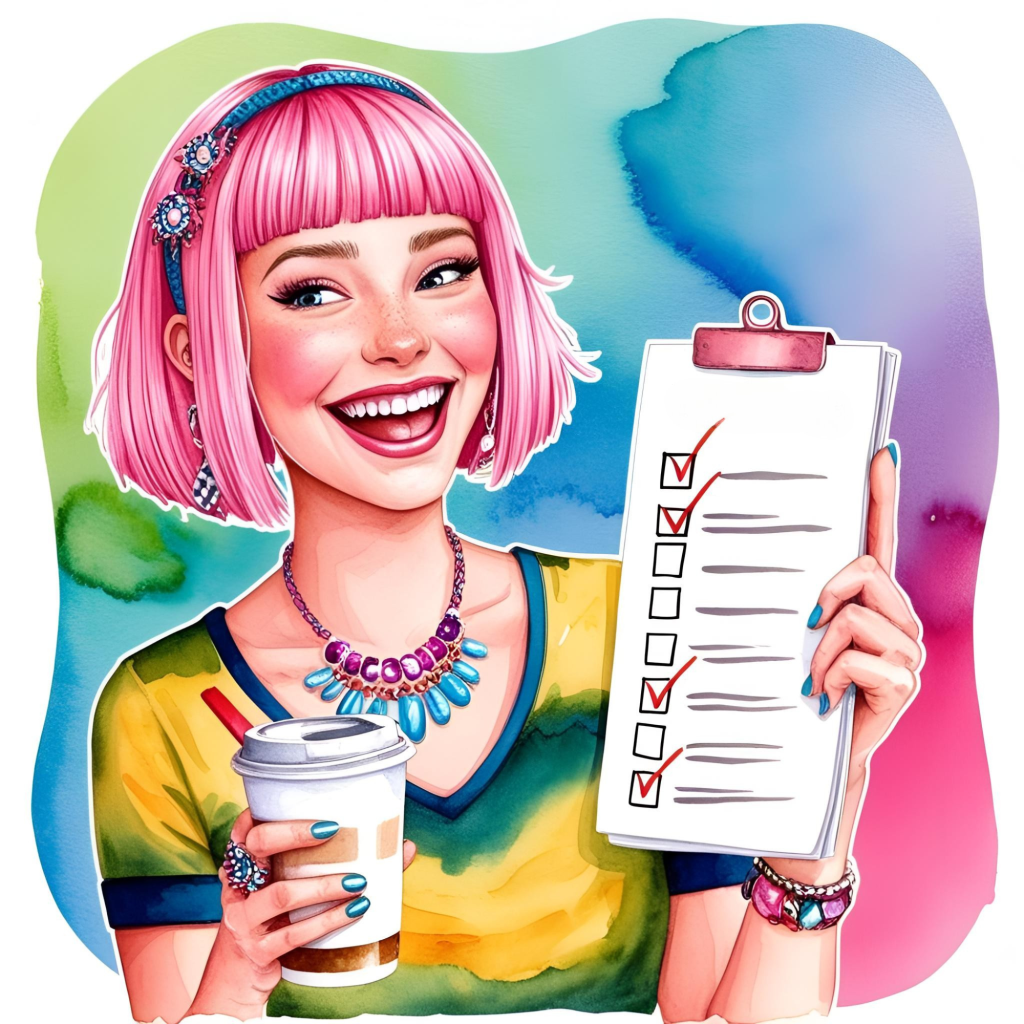
5 Alternatives for ADHD-Friendly To-Do Lists
Ditch your mile-long to-do list. Here’s a roundup of the top ADHD task management tools.
1. Brain Dump ADHD To Do Lists
This post may contain affiliate links, including Amazon affiliate links. As an Amazon Associate, I earn from qualifying purchases at no additional cost to you. This helps support the blog—thank you!
Instead of juggling 47 mental tabs, dump them all in one place — tasks, errands, random shower thoughts.
✨ How to do it:
- Keep a magnetic whiteboard or sticky pad in sight.
- Write everything down — no order, no judgment.
- Sort later when your brain is calmer.
🧠 Why it works: ADHD brains feel overloaded by unsorted thoughts. Getting them out reduces anxiety and makes space to focus.
👉 Real life ADHD moment: This morning I woke up with a list in my head that went: “Pay bill, buy dog food, invent new business idea, clean fridge, text Mom, reorganize sock drawer, etc.” No wonder I felt paralyzed. Brain dump lists untangle that spaghetti.
✨ Pro Tips:
- Make it visible (whiteboard, sticky notes, or voice memo). Out-of-sight = out-of-mind.
- Don’t judge the list. “Water plants” and “apply for jobs” deserve the same brain space.
- Add dopamine: color-code with markers, stickers, or even doodles.
- Pair with a planner that boost productivity with ADHD →
⚡ Tool that helps:
A desktop whiteboard you can’t lose under laundry.
Bonus: Color-code it with dry-erase markers or sticky notes for instant dopamine.
🛒 See it on Amazon:
Desktop Dry-Erase Whiteboard
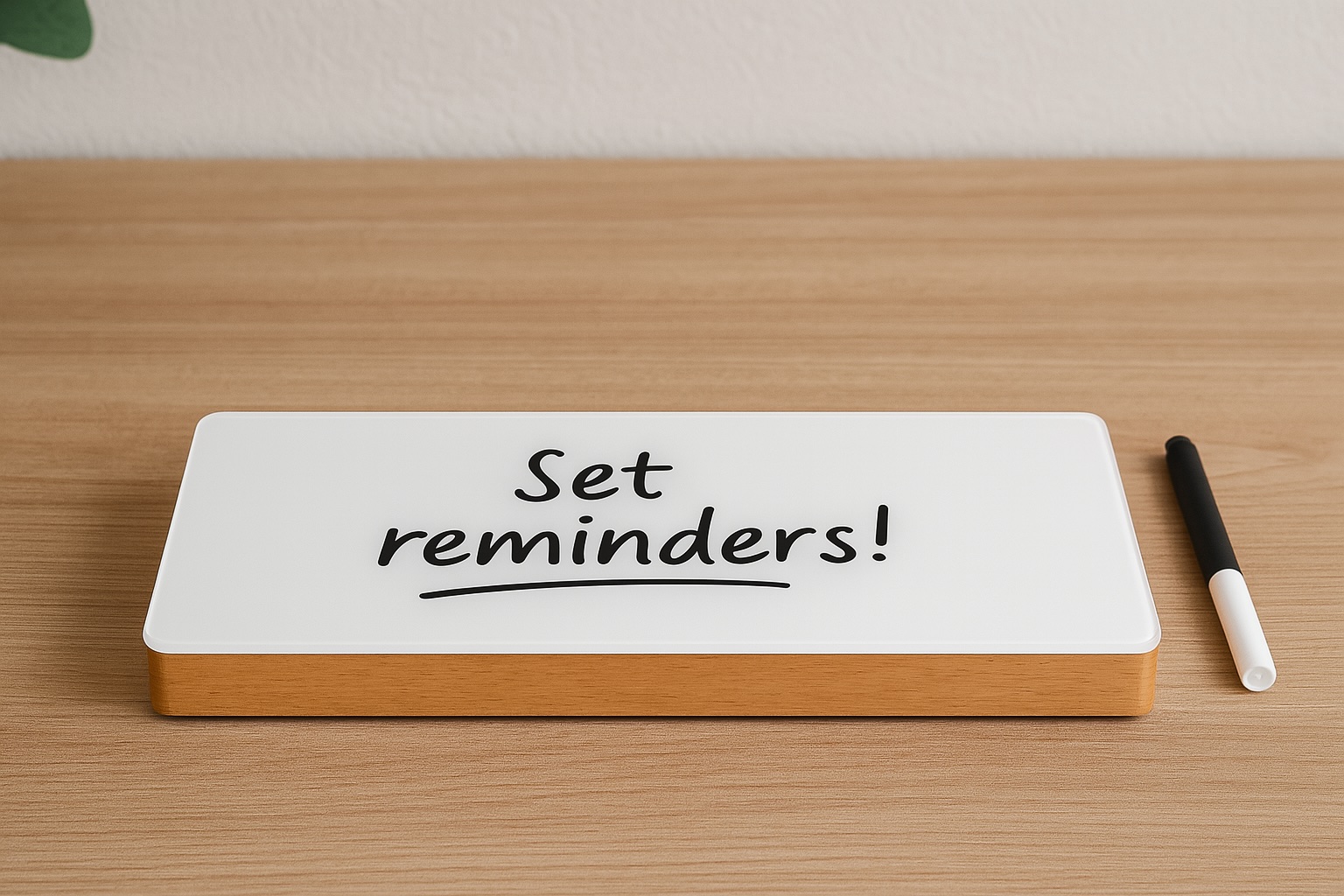
2. The “Finishable” List ✅
Forget mile-long lists. ADHD brains thrive on tiny, doable wins. This list is just 3–5 things you can realistically finish today.
👉 Real Life ADHD moment: This weekend I wrote “clean the whole house” on a list. Guess what I did? Spent 4 hours comparing drawer organizers online. But when I wrote “pick up socks + run dishwasher + empty dishwasher,” I actually did it — and ended up cleaning more.
✨ How to do it:
- Write today’s top 3 tasks only.
- Add fun verbs: “Rescue laundry,” “Defeat Inbox,” “Summon coffee.”
- Cross them off dramatically. Bonus points for yelling “DONE.”
🧠 Why it works: Crossing things off releases dopamine and creates the feeling of accomplishment. Short lists make finishing possible, which fuels momentum.
⚡ Productivity boost:
Sticky notes!
If you’re still tempted to make a mile-long to-do list (like me), pick 3-5 tasks from your list and write them on separate sticky notes. After you finish a task, replace it with a new note.
🛒 Pick your favorite colors on Amazon:
Colorful Sticky Notes
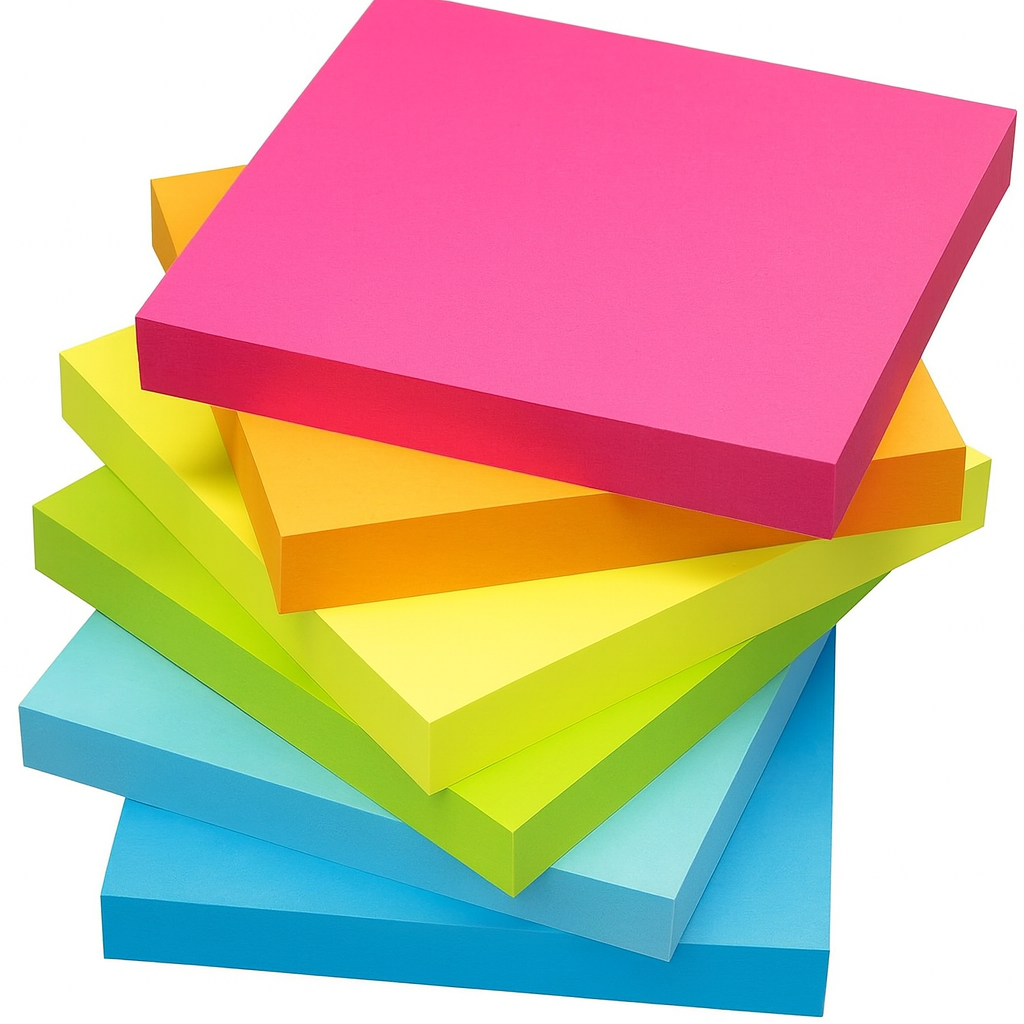
✨ Pro Tips:
- Write tasks so they sound fun: “Rescue dishes from sink purgatory” hits different than “do dishes.”
- Keep your list somewhere visible — not buried in an app you’ll forget exists.
- Celebrate small wins dramatically. Rip the sticky note in half, cross it out with flair, or shout “DONE!” like you’re announcing a plot twist.
- Try my printable I Can Actually Finish This To-Do List (coming soon).
3. Visual To-Do Lists That Keep ADHD Tasks Visible
Out of sight = out of mind. Visual lists use color and movement so you can literally see progress. Visual systems make tasks impossible to ignore.
✨ How to do it:
- Color-coded sticky notes on a wall or desk (combine with list #2 for turbo-boosted ADHD task management).
- Use stickers to track progress (dopamine hit every time).
- Try a kanban board app like Trello if you prefer digital.
🧠 Why it works: ADHD brains remember what they see. Moving a sticky from “to do” → “done” = instant reward.
⚡ Productivity boost:
Colorful Dot Stickers + Habit Tracker Sheets for a visual dopamine kick. Find them on Amazon →
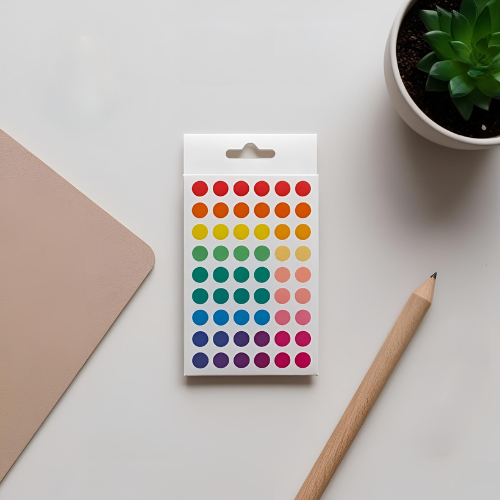
📌 Related Posts You’ll Love
🧾 Top ADHD Planners for Adults
👉 ADHD Time Hacks
💡ADHD Productivity Hacks That Actually Work
4. The Dopamine Menu: An ADHD Task Management Hack
Not every task fits every energy level. A dopamine menu organizes tasks by mood + energy so you always have a choice.
✨ How to do it:
Step 1: Divide tasks into categories like:
- Quick Wins 🍳 (emails, dishes)
- Focus Mode 🧠 (writing, studying)
- Avoidance Pile 💩 (paperwork, bills)
- Fun/Creative ✨ (art, planning trips)
Step 2: Pick from the “menu” based on what your brain can handle right now.
🧠 Why it works: ADHD brains hate “shoulds” but love “options.” Choosing reduces pressure and makes tasks feel voluntary.
⚡ App to try: Habitica — gamifies your list into a role-playing game.
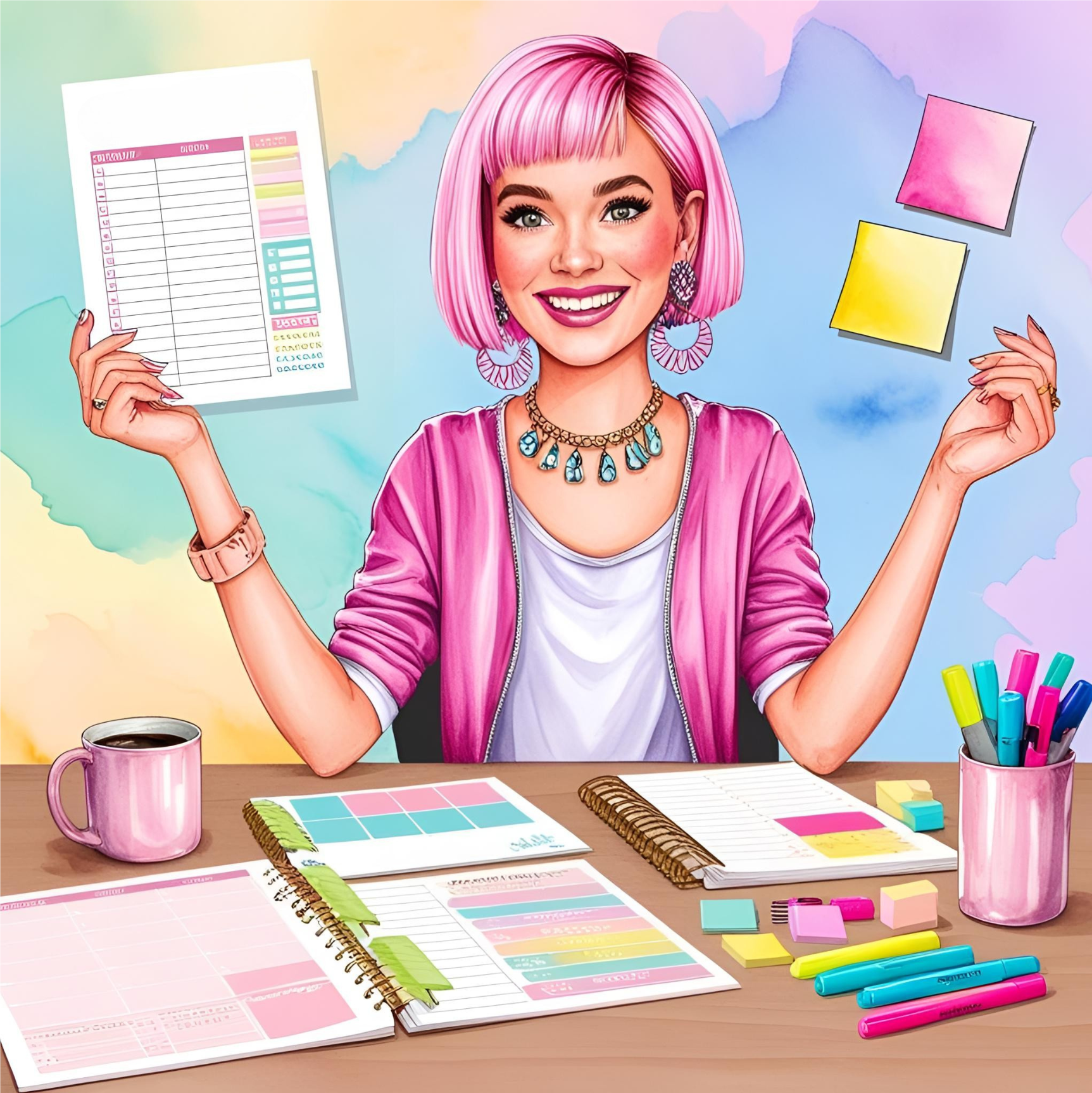
💖 Need printable tools to support your new ADHD friendly to do lists?
Visit the HyperFocus Tools page for ADHD-friendly downloads like:
- Brain dump sheets
- Visual to-do list templates
- Reward charts (yes, you deserve a gold star)
5. The Time-Blocked List ⏳
Instead of a long list, break your day into visual blocks of time with tasks inside them.
✨ How to do it:
- Use 25–45 min blocks for work, 5–15 min for breaks.
- Don’t overpack — leave breathing room.
- Visual timers help make time visible.
🧠 Why it works: ADHD brains have time blindness. Seeing blocks makes time concrete, not abstract.
⚡ Productivity boost:
The Time Timer — shows time disappearing like pie slices.
Time starts to make sense in our brains when we can visualize it. Check it out on Amazon →
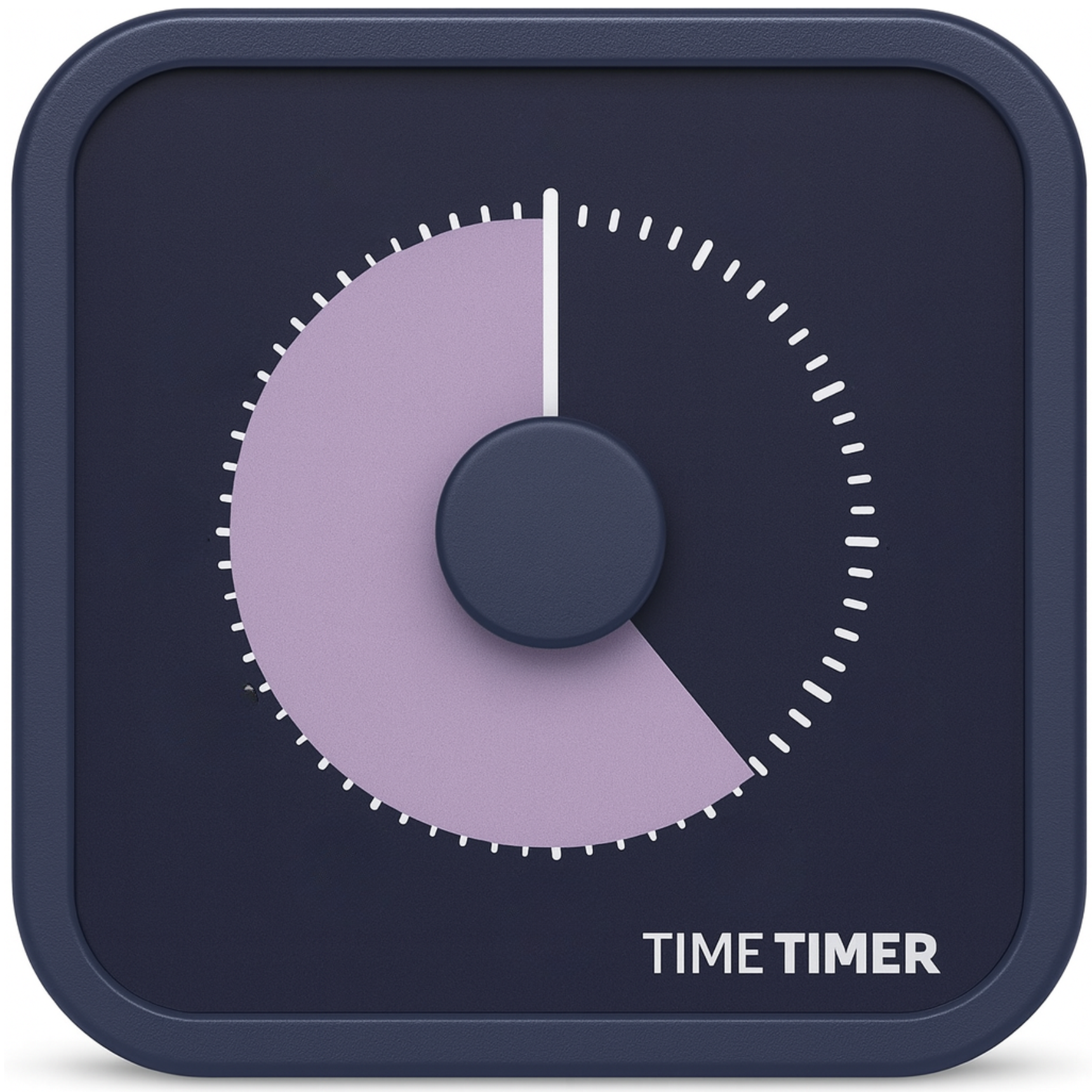
Quick Wins for ADHD To Do Lists
✅ Brain dump your mental clutter into one place
✅ Write just 3-5 finishable tasks for today
✅ Use colors + visuals to keep lists in sight
✅ Build a dopamine menu for choice + novelty
✅ Make time visible with blocks or timers
Final Thoughts: Your List, Your Rules
There’s no “perfect” ADHD to-do list. If a system doesn’t work? Toss it. ADHD-friendly lists should feel supportive, not shamey.
Try mixing and matching: brain dump + dopamine menu, or visual lists + timers. The best ADHD to-do list is the one you’ll actually use — because it works with your brain, not against it. Next, check out my post on the Top Planners for ADHD to find built-in list formats that actually make sense.
👉 Need a place to start? Try a desktop whiteboard for brain dumps or a Time Timer for focus. Small tools = big ADHD wins.

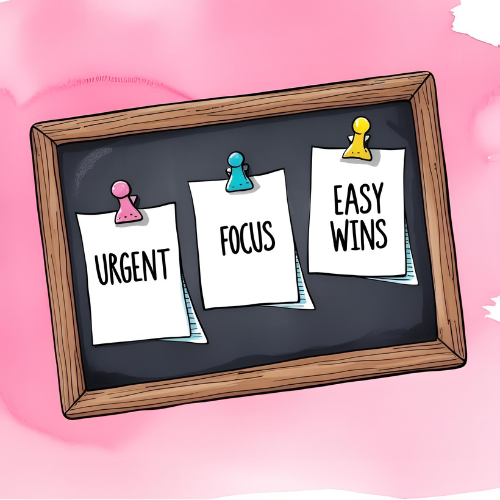


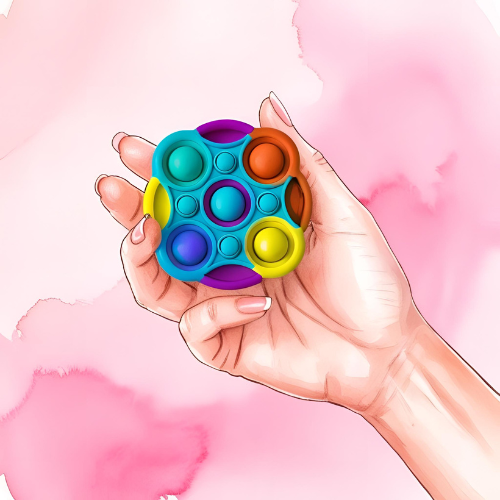
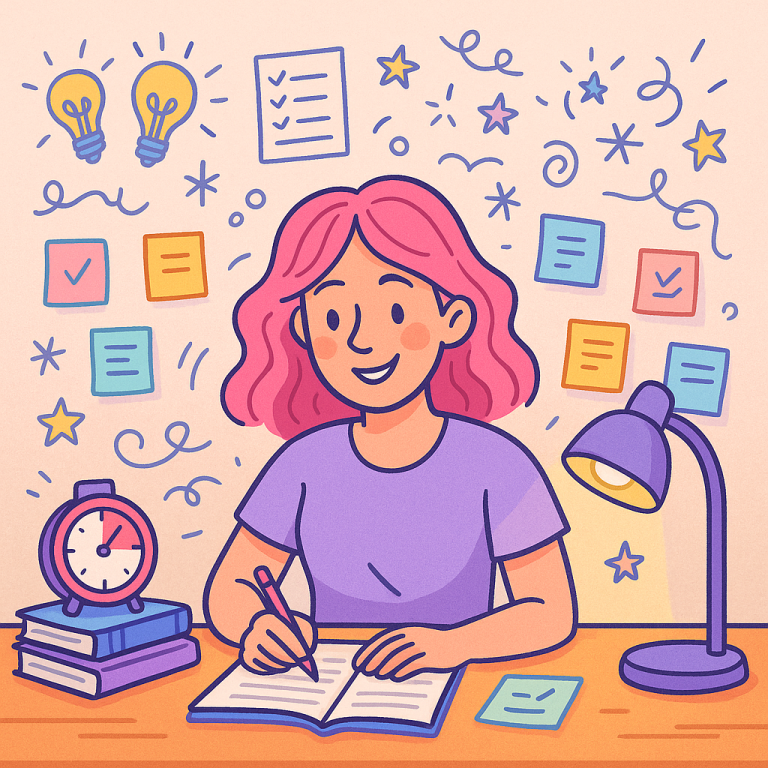
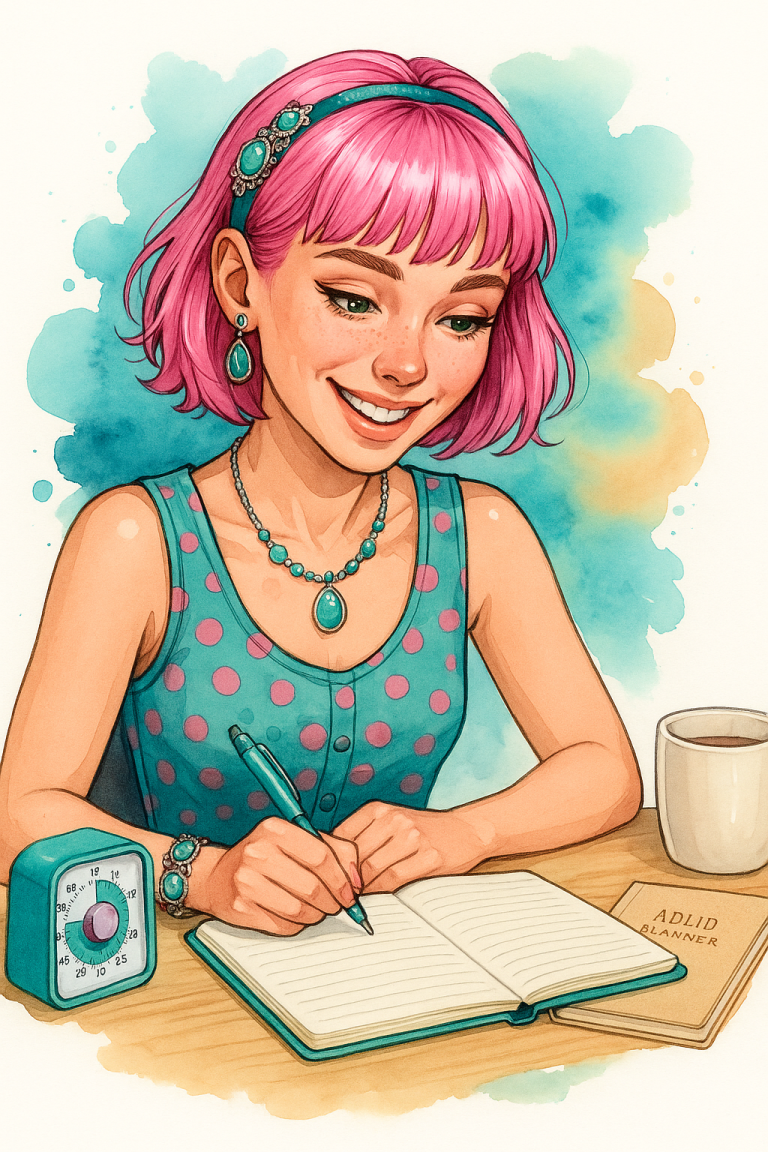

9 Comments